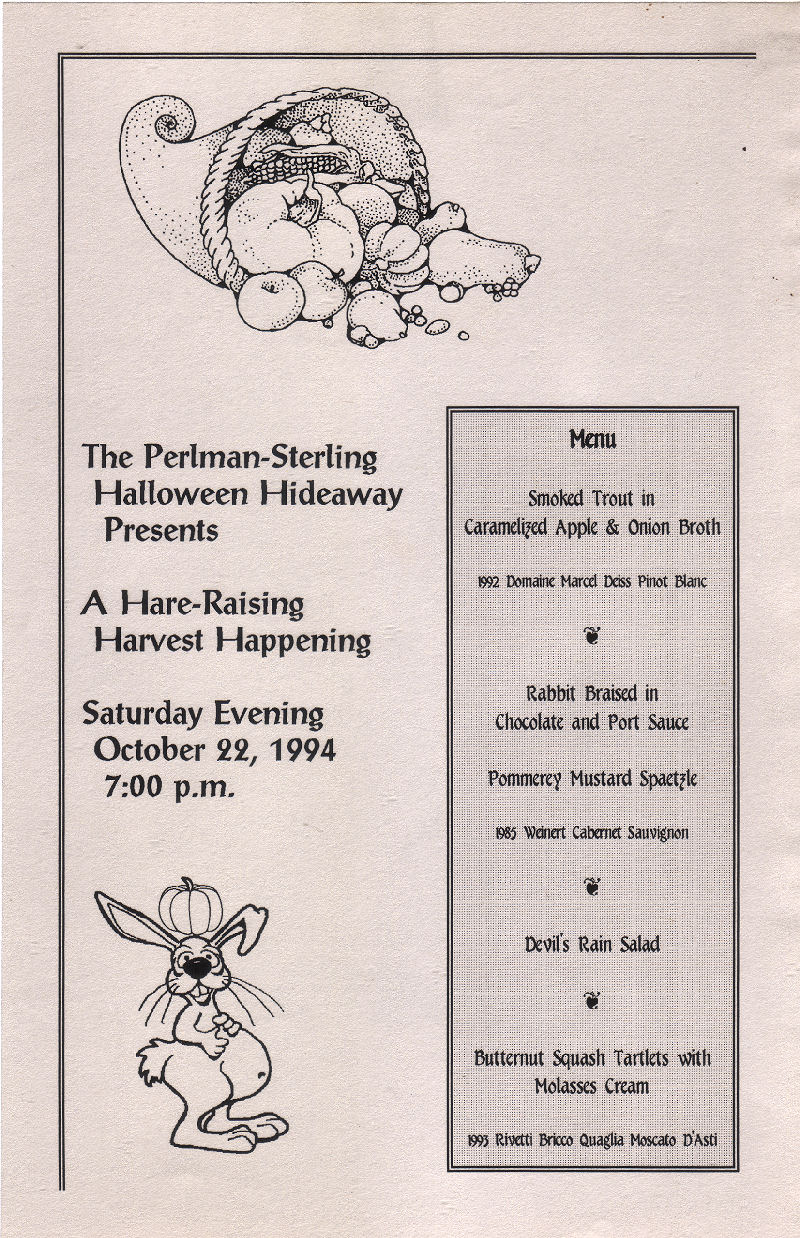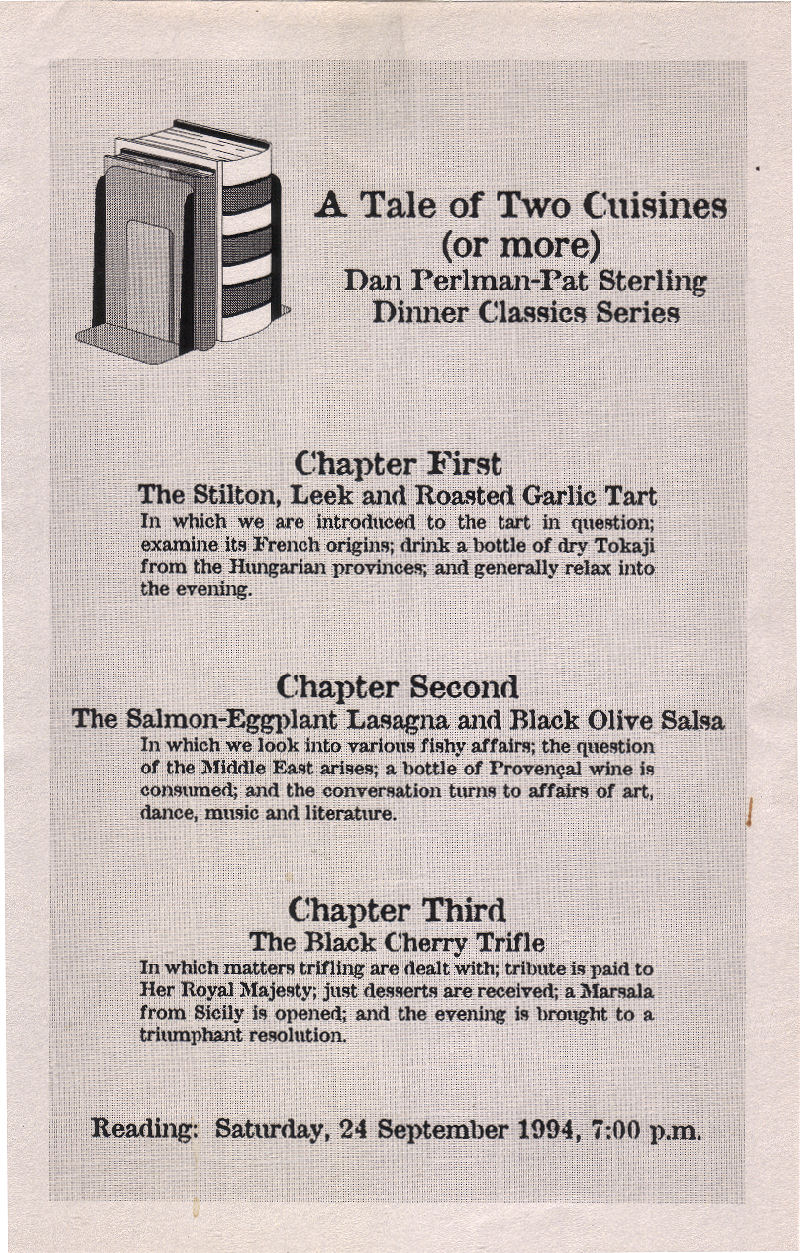Do You Know the Way to Cygni A?
Space Frontier Society
A Chapter of the National Space Society
November 1994
Vol. 5, No. 9
Page 7
by Dan Perlman, Editor
The Millennial Project: Colonizing the Galaxy in Eight Easy Steps
by Marshall T. Savage
Little, Brown and Company
$16.95 softcover, 508 pages
Colonizing the galaxy in eight easy steps sounds like the sort of book that Time-Life would issue in the middle of a twenty-three volume series. You now, fixing your pipes, building bookshelves, wiring your VCR, colonizing the galaxy. And in some ways, this book lives up to that how-to genre. Except that it is, for the most part, completely speculative.
I should start by saying, I liked this book. I really liked this book. Like Arthur C. Clarke, who wrote the book’s introduction, I am awed by Marshal Savage’s depth of knowledge in the worlds of engineering, astronomy and physics. But, even more, I am awed that someone sat down and came up with a plan this big. Like, really, really, really big.
In nine easy to read chapters, Mr. Savage takes us through colonizing the oceans, building workable launch facilities, creating habitable space ecospheres, constructing moon colonies, terraforming Mars, colonizing the solar system, and moving on to the stars. Then he takes us right back to right now and the establishment of a foundation to make it all possible. Three hundred and eighty four pages of text, plus appendices, and I enjoyed every minute of reading it.
Now, that said, I’m going to tell you waht I didn’t like about the book. First, a pet peeve. I hate endnotes. Seven hundred and twenty seven times I was prompted by superscript numbers to flip to the back of the book and read through forty nine pages of endnotes. Needless to say, I shortly gave up and just waited till I was done with the text to go read the notes. Endnotes should be saved for information that is useful only for those who want to delve deeper into a given subject. Unfortunately, many of the notes here give details that are important to understanding the text. Then again, many do not, such as note 22, which, I quote, “Including seaweed.” This, couldn’t have just been put in the main body of the book?
Second, we all know the old adage about statistics. I’m not an engineer, I’m not a scientist, I’m and editor and chef. But I did take several courses in statistics and numerous courses in mathematics while in college. Mr. Savage is a master at using statistics to prove his point at any given moment. My favorite is his proof that there is no life anywhere else in the universe besides here on Earth. He may be right, he may be wrong. But (reducing the numbers here to something usable in this column), something which has a chance of 1 in 100 of occurring does not mean that you have to go through 100 trials before it happens. This is “you always find your keys in the last place you look” taken to extremes.
There is also the controversy over the existence of alien life itself. This is neither a positive nor negative of the book, but much as the argument used by someone like Carl Sagan (x number of planets around y number fo stars with z number of chances of life.. etc.) is easily shown to be, shall we say, overly optimistic; the converse, or, there’s no other life because we haven’t seen it yet, is equally specious.
Mr. Savage argues, after first asserting throughout this book that we humans are somehow the pinnacle of sentient development, that if life existed on other planets it would be so far ahead of us that we’d either see it in the transformation of galaxies, or been contacted by now. Who says? We could be ahead of the game, we could be even with the pack. Or, he could be right.
Last, is purely stylistic again. There are more bad puns, ludicrous plays on words, and silly jokes in this book than in a Xanth novel. Not to mention the constant use of works of fiction, television shows, movies and mythology as illustrations of either the way it is or the way it will be. Sure it helps for speculation to use other folks’ speculations, but many of his reference materials were never intended to be considered seriously – e.g., The Hitchhiker’s Guide to the Galaxy!? Speaking of which, Marshall, for those of us who consider this work on a spiritual level with the Bhagavad Gita, the character’s name is Zaphod Bebblebrox, not Zeyphod Beebelbrox. And, he’s the President of the Universe. Okay?
Now, back to what I really liked about this book. There are no illusions here about what it’s going to take to accomplish this Brobdingnagian task. Mr. Savage presents everything laid out ina potentially reasonable timeline (though I think it will take longer to really get started than he does, once the project is truly underway, he’s probably right on track). He gives step by step instructions through currently existing technology, which gets us through a good chunk of the first two stages of the project, and then uses what appears to be sound reasoning as to what it will take to proceed beyond. He is also clear that life in space, the pioneering of new worlds, the initially artificial environments, and the changes in humanity itself that will be necessary, are not for everyone.
The illustrations and artwork make much of the text come clear. Beyond that, his descriptions of each phase of the project, while often sounding like a Madison Avenue pitch for condominium timeshares, are clear, concise, and either in spite of, or perhaps because of this style, exciting and enticing to read. Mr. Savage has an excellent command of the English language, and more than once I found myself building a better vocabulary through reading, and turning to the dictionary.
But most important is his vision. Mr. Savage is a dreamer. Not a dreamer in the everyday sense of the word. His is no dream of what somebody might do someday if it all goes somehow right. Instead, it is a dream of hope for humanity, and a plan of action for taking us to the starts. I may just apply for the chef’s job in Anlagen – after all, even pioneers need to eat.

